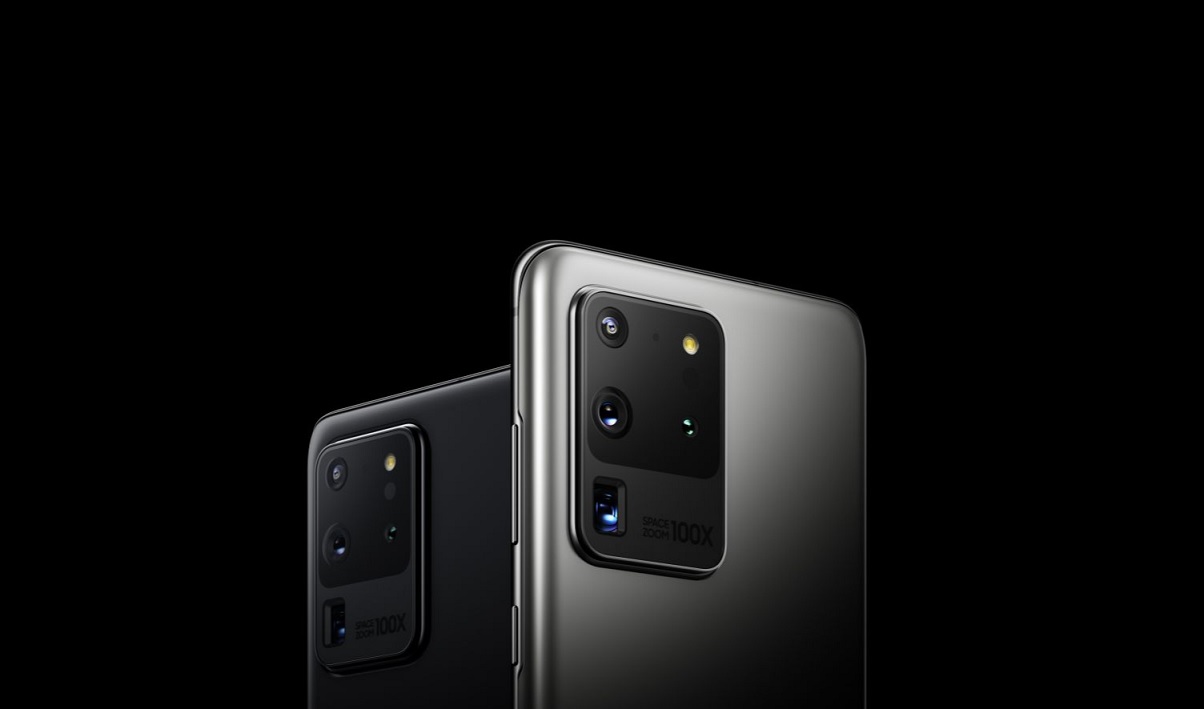There are multiple ways to copy files to and from your Android smartphone or tablet. Most will simply use the standardized USB MTP Transfer Mode but you may not have that option available to you. So, let me show you how to use the unique ADB Pull command to transfer files and folders to your personal computer.
I know as soon as I say the word ADB or Fastboot that many people simply tune out. There are usually alternative ways of doing things so you can avoid using command-line tools but it’s not difficult to learn. Last year I did a tutorial showing how to copy a file from your PC to an Android device using the ADB Push command.
It’s becoming increasingly popular among the Android community as of late so I wanted to do one on ADB Pull.
There might not be as much of a demand to learn how to download files from a smartphone or tablet to the PC using the command-line. As mentioned, most will just use the MTP Mode and navigate through the directories on a Windows, Linux, or macOS PC. It’s certainly much easier than using ADB (for most people).
But that isn’t always available to us. So let’s dig into this ADB Pull command now.
Time needed: 5 minutes
How to Copy Files or Folders to the PC with ADB Pull
- Connect your smartphone or tablet to the PC with a USB cable
- Open a Command Prompt, Windows PowerShell, or Terminal
Open it from the folder you want to download your files into.
- Type in the following command. . .
- adb pull <remote_file_location>
An example of this would be
adb pull sdcard/Download/Magisk.apk. - . . .and press Enter on the keyboard
- Then just wait for the files/folders to be downloaded
I just gave the skeleton example of how the ADB Pull command works in the step by step tutorial above. It’s best to just show the basic part of the command so you’ll understand what the parts are actually doing. Remember, downloading a specific file from Android to the PC using ADB requires knowing that exact filename.
Granted, you can use wildcards like *.jpg to grab every file with the JPG file extension but I would argue there is a better way.
Using ADB Pull to Download Entire Folders to the PC
To do this, we actually need to adjust the ADB Pull command that’s used above. We need to wrap that directory structure in quotation marks in order to grab an entire directory using ADB. So it’s not the biggest tweak, but something you should know about if you’re tinkering with ADB commands.
adb pull "sdcard/DCIM/Screenshots"
Remember, we still need to have that sdcard folder at the start since that is how Android has your internal storage partitioned. The listed command above will download the contents of the Screenshots folder from our Android smartphone or tablet and copy them directly onto your computer.
The download location of these files on the PC will be where you have launched said command prompt, PowerShell, or Terminal from. For example, running the cmd command on Windows will launch the Command Prompt from the logged-in user’s folder. This means anything downloaded using ADB Pull in this way will go into C:\Users\[Your_User].
While some OEMs use a different structure, here are some examples of default folder locations. . .
- sdcard/Alarms
- sdcard/Android
- sdcard/DCIM
- sdcard/Download
- sdcard/Movies
- sdcard/Music
- sdcard/Notifications
- sdcard/Pictures
- sdcard/Podcasts
- sdcard/Ringtones

Backup the Entire Internal Storage with ADB Pull
I would advise that you use specific files or folders when you’re using the ADB Pull command. However, I should note that we can actually back up the entire contents of your smartphone or tablet’s internal storage. We can do it by using the exact same command that we learned here today.
This time, though, we are just going to grab the contents of the “sdcard” folder.
adb pull "sdcard"
We’re able to do this by using the ADB Pull command listed above. I would like to give a bit of a warning here. Your computer will need to generate a list of files and folders that will be copied when you execute the command above. That means it can take minutes to hours before it even begins copying the first file.
It will eventually complete the task and start transferring the files but it can take some time before that begins.
Experiencing difficulties with your Device, check out our “How To” page on how to resolve some of these issues.





I’m not sure why I see people using quotes in shell commands with adb. Maybe it’s a holdover from something deprecated? Coming from Linux, I was inclined to try
adb pull /sdcard
It works just fine.